Home > Climate News >
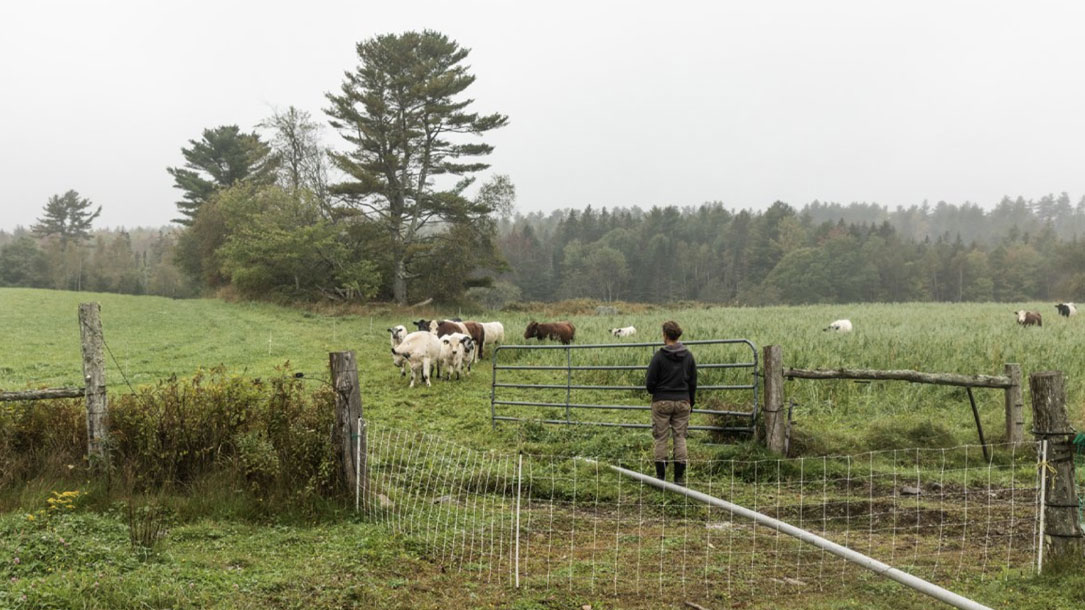
Maine farmers struggle with new, harsher climate reality
Tom Drew thought he’d seen it all. A dairy farmer of 30 years in Woodland, Maine, Drew has weathered an awful lot of change. On an overcast, chilly day last fall, he rested in his milking parlor.
As he leaned his large frame on the metal table, he recounted the history of the farm, his family’s attachment to the old jack pines out front. Like many small and medium-scale dairy farmers, remaining profitable is a challenge for Drew, and every day feels uncertain…

Biden’s historic action on 30×30
After a drumbeat of headlines in recent years detailing nature’s decline, there’s very good news from the Biden administration, with the president pledging to put America on the path of protecting at least 30 percent of its land and 30 percent of its ocean areas by 2030 (30×30). This action is necessary to reverse nature’s decline, fight climate change, and secure the natural life support systems we depend on for clean air and water, food, and quality of life. And, if done right, fulfilling a 30×30 goal offers benefits beyond safeguarding and strengthening the natural foundations of our society. It should create more equitable access to nature, bring communities together to conserve our shared natural heritage, honor tribal sovereignty and self-determination, and strengthen our economy.
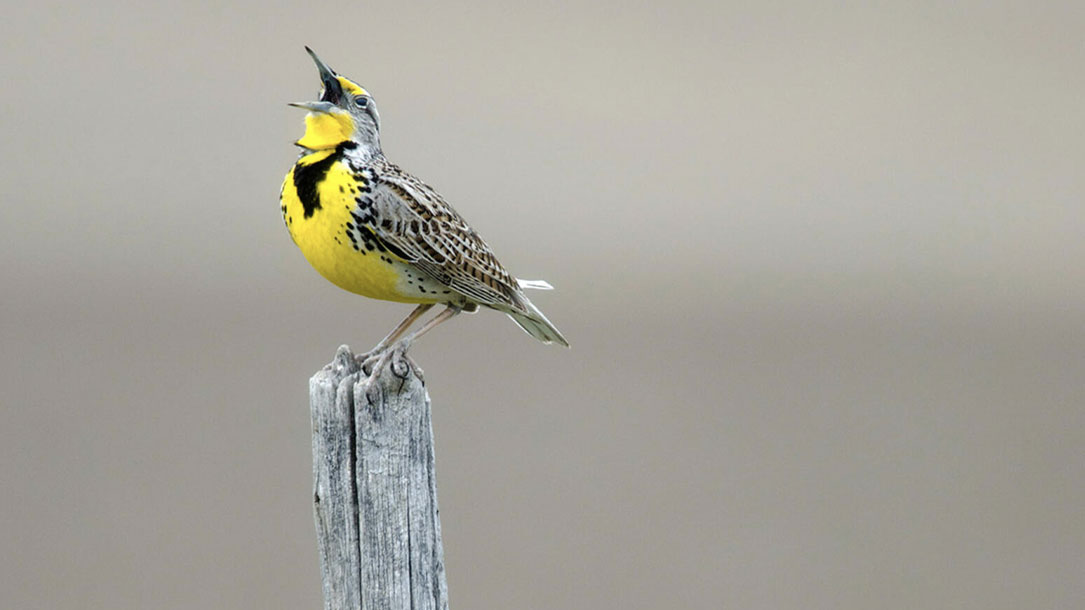
Innovative bill would promote regenerative ranching in California
The program would encourage regenerative agricultural practices similar to those promoted by Audubon’s Conservation Ranching initiative (ACR). The program partners with ranchers to adopt techniques including rotation of pastureland and limited use of feeds other than grass itself. The practices allow a variety of native grasses, with their extensive root systems (a potent carbon sink), to grow and thrive by allowing grasslands to rest and recover.
That, in turn, provides habitat for imperiled grassland birds, whose numbers have declined by 50 percent over the past 100 years. In return, ranchers participating in ACR can brand their meat with Audubon’s “Grazed on bird-friendly land” seal, earning up to $2 per pound more for their premium, grass-fed products…

Building more resilient human and natural communities
Stronger storms, increased rainfall, and periodic droughts are all part of our new normal. Conservation Trust for North Carolina is rising to the challenge our changing climate brings by partnering with affected communities to identify ways that healthy lands can better support and protect people. Including land conservation in larger plans for reducing the carbon output of our state and lessening impacts to communities, we can build a resilient North Carolina.
Conserving land for climate resilience is a top priority for all North Carolinians. Informed by climate science data, we know that taking steps to protect highly resilient property along the Blue Ridge Parkway is valuable to communities long into the future, even as natural areas, wildlife habitat and species change in response to the climate. We are ready to take this purposeful approach….
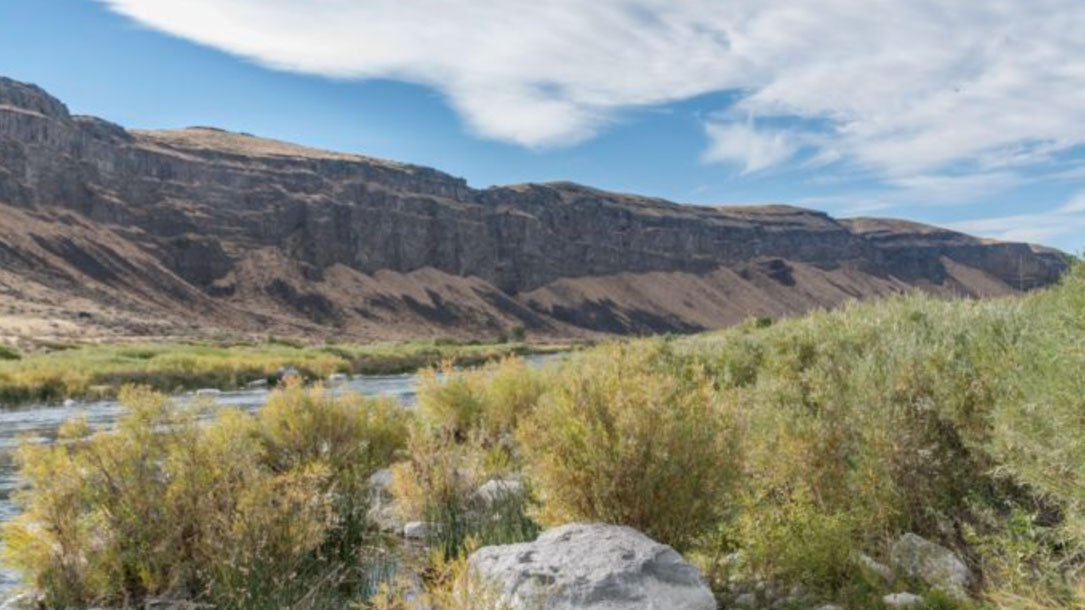
70 bipartisan mayors commit to conserving 30% of U.S. lands by 2030
“Seventy of the nation’s mayors have endorsed a campaign dedicated to conserving 30% of America’s lands, waters and oceans by 2030, an effort dubbed the 30×30 initiative.
The mayors represent 29 states, and Washington, D.C. Most serve in a nonpartisan or independent office, while 21 are Democrats and four are Republican. Cities represented include Chicago, Miami-Dade County and Phoenix…”

Protocols for bird-friendly habitat management certification
Audubon and its partner ranchers employ a variety of tactics to manage the land upon which cows graze. Together, these tactics are what leads to Audubon’s certification that certain beef products are produced with bird-friendly land-management practices
To get certification, ranchers follow a set of program standards in four areas: habitat management; forage and feeding; animal health and welfare; and environmental sustainability…

What in the world is conservation ranching?
“Wild bison were unwitting conservationists. As they roved the Great Plains, snacking here, trampling there, the hefty mammal carved diverse plant landscapes for any species’ nesting, mating, or hunting requirements. When humans substituted these shaggy ungulates for cows, the territory transformed. Without guidance, cattle mow fields to a single height and encourage only a couple plants to rebound. Few birds thrive in this monotony…”
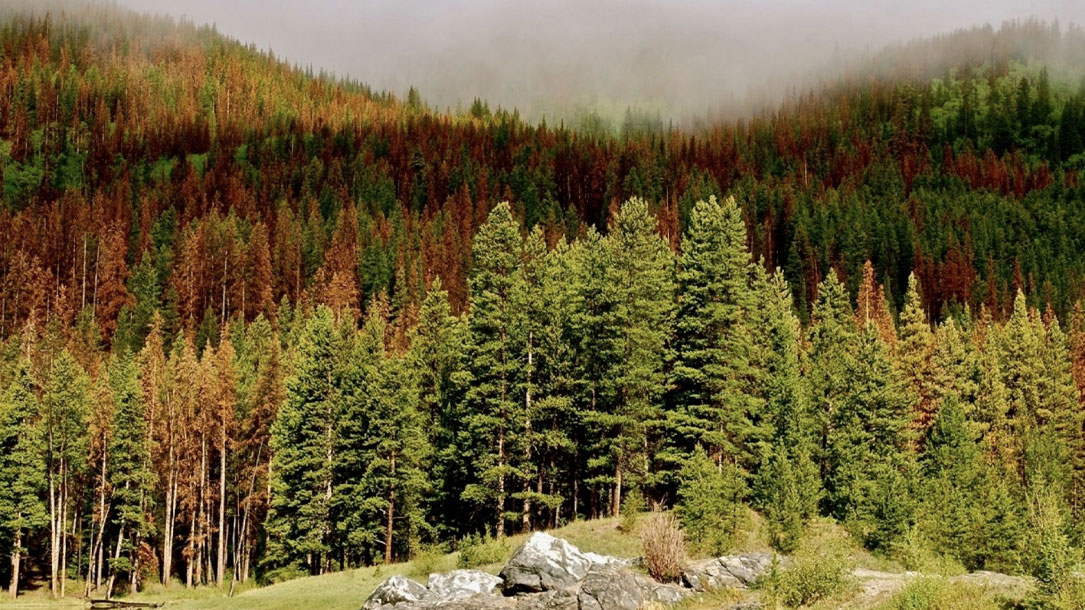
Many overheated forests may soon release more carbon than they absorb
New research shows that Earth’s overheated climate will alter forests at a global scale even more fundamentally, by flipping a critical greenhouse gas switch in the next few decades. The study suggests that, by 2040, forests will take up only half as much carbon dioxide from the atmosphere as they do now, if global temperatures keep rising at the present pace.
The study, published Wednesday in Science Advances, analyzed more than 20 years of data from about 250 sites that measure the transfer of carbon dioxide between land and plants and the atmosphere—the way the planet breathes. Forests and the rest of Earth’s land-based ecosystems take up about 30 percent of human carbon emissions, so any big change in that process is important…
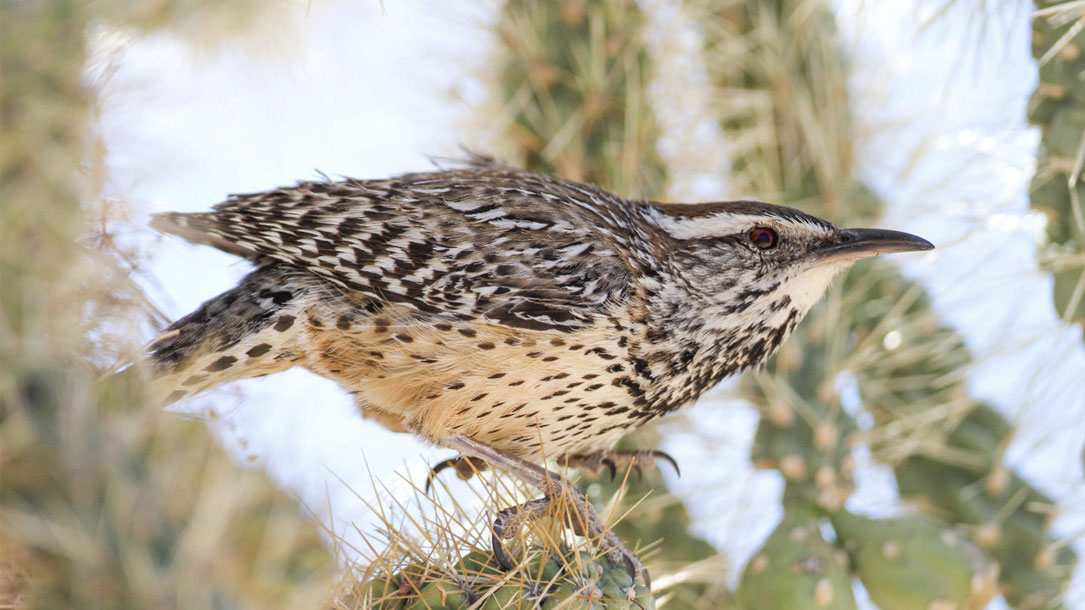
How desert birds can survive with very little water
In the desert Southwest, summer temperatures sizzle, rising well over 100 degrees. And in some parts of the desert, there is not a drop of water for miles.
Yet some birds thrive in this scorching landscape. Here a Black-throated Sparrow sings from a thorn scrub. Now, a Cactus Wren announces itself atop a barrel cactus. And neither will be flying miles every day to the nearest source of water. So how do they survive?

Juneau’s climate change solutionists: preserving wetlands and peatlands with Koren Bosworth
While the rest of the world celebrated World Wetlands Day on February 2nd, we in Juneau might wonder if every day is wetlands day, especially when venturing off a developed trail.
We are lucky for it. Our spongy ground might be inhospitable to tromping and building, but it performs a service arguably more important than recreation or development: carbon sequestration.
Juneau’s peatlands and wetlands are carbon sinks, complex biomes that trap carbon in an anaerobic environment, slowing the decomposition of organic material. Coastal wetlands can store five times as much carbon as a tropical forest over time; peatlands store ten times more carbon than other kinds of ecosystems…












